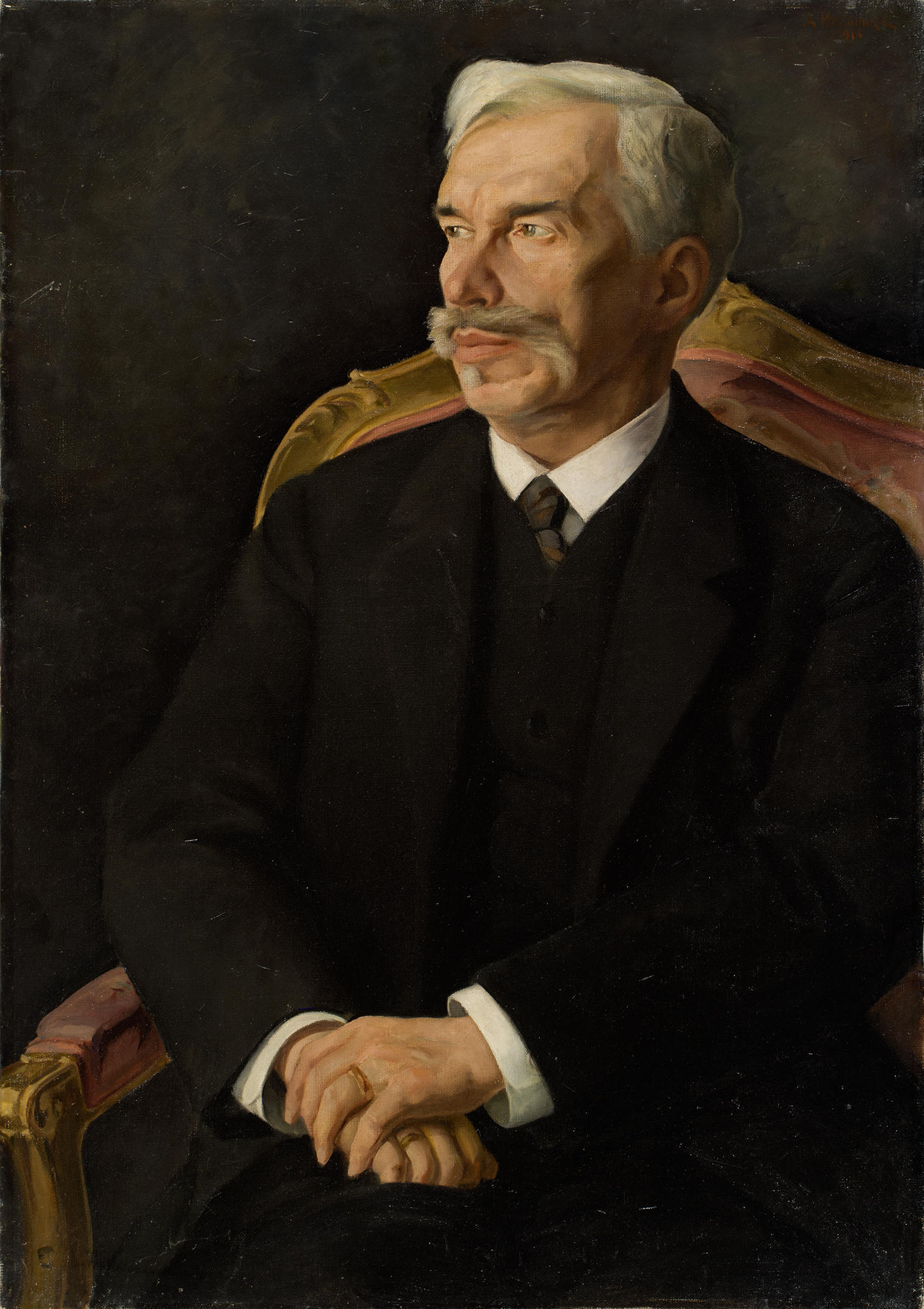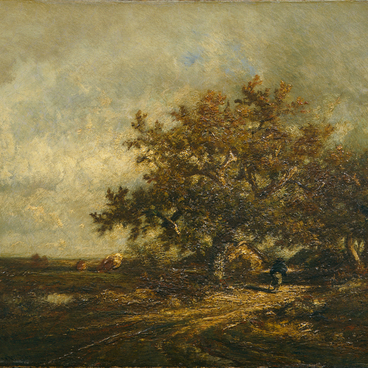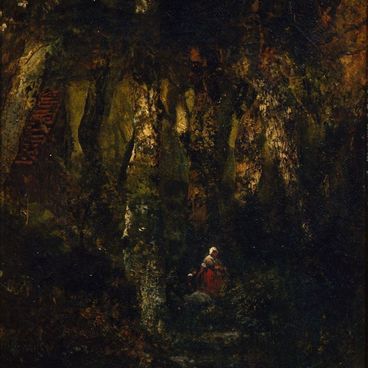Sergey Ivanovich Schukin was quite radical in his preferences. He put his faith in his own personal intuition, not in the advice of friends. Schukin was able to accurately pinpoint the key figure of an art trend he found interesting. He could select paintings in such a way that they clearly demonstrated the entire complex development process of the creative pursuits in artists. He helped acquaint Russian society with the most advanced trends in art from the beginning of the 20th century. Many paintings of Henri Matisse and Pablo Picasso were added to his collection the same year they were created. It takes boldness to buy paintings by artists who were not taken very seriously by critics or the public.
The collecting activity of Morozov and Schukin came to an end with the onset of turbulent political events: the beginning of World War I and the subsequent October Revolution of 1917. Morozov’s and Schukin’s collections were nationalized and turned into independent museums. These collections were consolidated in 1928. The State Museum of New Western Art was situated in Morozov’s house on Prechistenka Street. Unfortunately, it did not have a long history. In 1948 the museum was closed and disbanded, and paintings from its collection were distributed between the Pushkin State Museum of Fine Arts and the State Hermitage.
To some degree, the creation of the GALLERY restores a sense of historical justice and pays respect to the collectors’ memory, as paintings from their collections occupy a significant place.
The museum gained foreign art works from the mid-to-late 20th century, thanks to acquisitions and gifts from collectors and artists. Some of the notable donors were Lidiya Delektorskaya, Nadezhda Léger, Georgy Kostaki. Marc Chagall, and Armand Hammer.
The collecting activity of Morozov and Schukin came to an end with the onset of turbulent political events: the beginning of World War I and the subsequent October Revolution of 1917. Morozov’s and Schukin’s collections were nationalized and turned into independent museums. These collections were consolidated in 1928. The State Museum of New Western Art was situated in Morozov’s house on Prechistenka Street. Unfortunately, it did not have a long history. In 1948 the museum was closed and disbanded, and paintings from its collection were distributed between the Pushkin State Museum of Fine Arts and the State Hermitage.
To some degree, the creation of the GALLERY restores a sense of historical justice and pays respect to the collectors’ memory, as paintings from their collections occupy a significant place.
The museum gained foreign art works from the mid-to-late 20th century, thanks to acquisitions and gifts from collectors and artists. Some of the notable donors were Lidiya Delektorskaya, Nadezhda Léger, Georgy Kostaki. Marc Chagall, and Armand Hammer.



